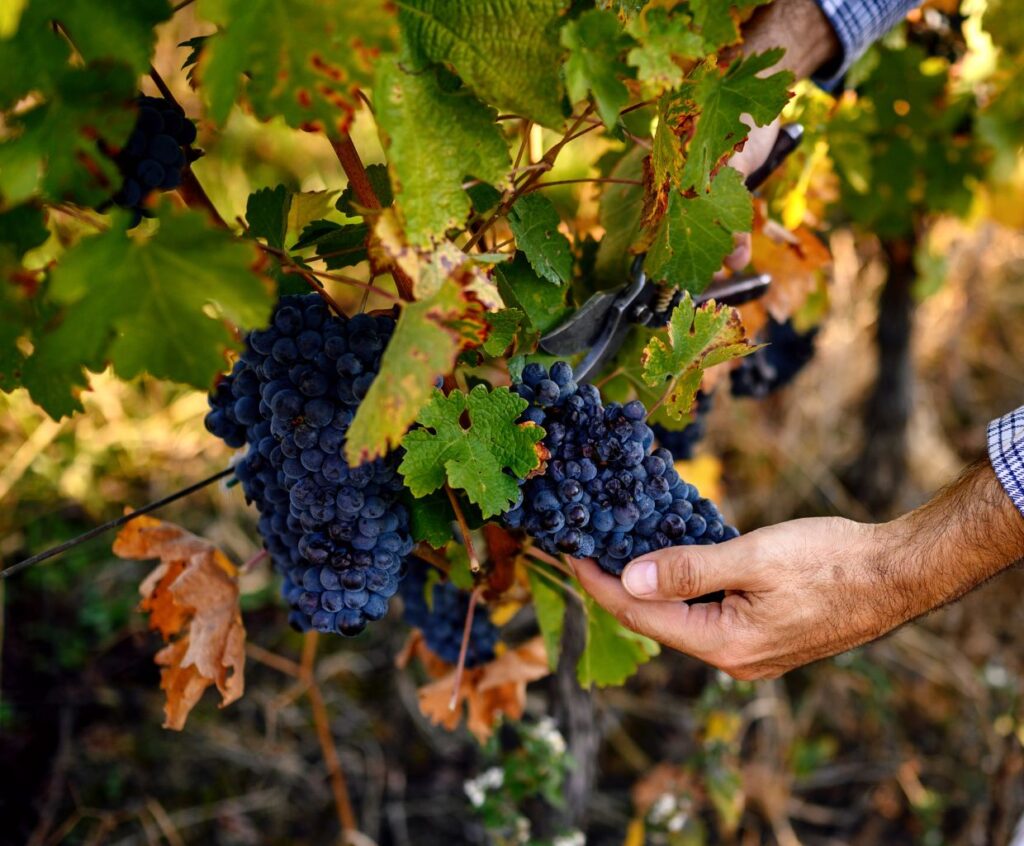Exploring the Delights of White Merlot Wine: A Refreshing Twist on Tradition
White Merlot wine, a delightful and refreshing twist on the traditional red Merlot, has been gaining popularity among wine enthusiasts in recent years. While red Merlot is well-known for its smoothness, depth of flavor, and rich red color, white Merlot offers a unique and lighter experience perfect for those seeking a refreshing alternative.
What is White Merlot?
White Merlot is made from the same Merlot grapes used in the production of red Merlot but with a slight variation in the winemaking process. The skin of the grapes, which gives red wine its distinct color, is separated from the juice immediately after crushing, like white Merlot.
This allows the wine to retain the fruitiness and crispness of the grapes while eliminating the tannins that contribute to the red color of traditional Merlot.
Aroma and Flavor Profile
White Merlot offers a delightful combination of fruity and floral aromas that entice the senses. With its light and crisp nature, this wine often exhibits notes of citrus fruits, such as lemon and grapefruit, and tropical flavors, like melon and pineapple. Its refreshing taste is often accompanied by a subtle hint of sweetness, making it a versatile wine that pairs well with various dishes.
Food Pairings
The versatility of white Merlot makes it an excellent choice for pairing with a wide range of foods. Its light and fruity profile complements grilled seafood, salads, goat cheese, and light pasta dishes. This wine’s acidity and refreshing nature also make it a perfect accompaniment to spicy cuisine, as it helps to balance the heat and cleanse the palate.
Serving Recommendations
To fully enjoy the flavors and aromas of white Merlot, it is best served chilled, typically between 45-50°F (7-10°C). This temperature range enhances the crispness and refreshing qualities of the wine. A white wine glass with a narrow rim concentrates the aromas and allows for a more enjoyable tasting experience.
How does the flavor profile of White Merlot differ from its red counterpart?
White and red Merlot are made from the same grape variety but have distinct flavor profiles due to differences in production methods and grape ripeness.
White Merlot is made from red Merlot grapes that are gently pressed, allowing minimal contact with the grape skins. This results in a lighter color and a more delicate flavor profile than red Merlot. White Merlot typically exhibits notes of citrus, melon, and tropical fruits with a crisp and refreshing acidity.
On the other hand, red Merlot is made by fermenting the grape juice with the skins, which imparts more tannins, color, and flavors into the wine. Red Merlot is known for its medium to entire body, with flavors of blackberry, plum, cherry, and sometimes herbal or earthy notes. It often has a smooth and velvety texture with a balanced level of acidity.
In summary, the flavor profile of White Merlot is lighter, more fruit-driven, and has higher acidity, while red Merlot is fuller-bodied, richer in flavors, and has more tannins.
How does the production process of White Merlot differ from other white or red wines, contributing to its distinct taste?
White Merlot is a unique wine produced using a different process than other white or red wines, resulting in its distinct taste. Here are some ways in which the production process of White Merlot differs:
1. Grape Selection: White Merlot is made from the Merlot grape variety, primarily used to produce red wines. However, for White Merlot, the winemaker selects specific Merlot grapes with a lighter pigment and lower tannin levels, typically found in red wine grapes.
2. Harvesting: The grapes for White Merlot are harvested earlier than those used for red wines. This early harvesting ensures that the grapes have higher acidity and lower sugar levels, contributing to the wine’s fresh and crisp taste.
3. Crushing and Pressing: Once harvested, the grapes are crushed and pressed to extract the juice. Unlike red wines, where the grape skins are left in during fermentation to provide color and tannins, the grape skins are removed immediately for White Merlot. This results in a wine with a lighter color and less tannic structure.
4. Fermentation: The juice from the crushed grapes is then fermented at a cooler temperature than red wines. This slow fermentation process helps to retain the delicate flavors and aromas of the grape variety, resulting in a more aromatic and fruit-forward profile.
5. Aging: White Merlot is typically aged in stainless steel tanks or neutral oak barrels. This allows the wine to develop complexity and texture without adding additional flavors from new oak barrels, as is commonly done with red wines. The aging process also helps preserve the wine’s natural acidity and freshness.
Overall, the production process of White Merlot emphasizes retaining the natural fruit flavors and acidity of the Merlot grape while minimizing the extraction of color and tannins typically associated with red wines. This unique approach contributes to the distinct taste of White Merlot, characterized by its crispness, fruit-forwardness, and lighter body.
What makes White Merlot wine a refreshing twist on traditional red Merlot?
White Merlot wine is a refreshing twist on traditional red Merlot due to a few key factors:
1. Grape Varietal: White Merlot is made from the same grape variety as red Merlot but with a different winemaking process. White Merlot is made by quickly separating the grape skins from the juice, which limits the amount of time the juice has contact with the skins. This results in a lighter color and less tannin compared to red Merlot.
2. Lighter Body: White Merlot typically has a lighter body than red Merlot. It is often described as crisp, fresh, and fruity. The reduced tannin levels make it more approachable and refreshing, especially when served chilled.
3. Fruit-forward Flavors: White Merlot exhibits vibrant fruit flavors, such as strawberries, raspberries, and watermelon. These flavors and the lighter body contribute to its refreshing nature. Some producers may also add a touch of sweetness to enhance the fruity profile.
4. Versatility: Due to its lighter style, White Merlot can be a versatile wine that pairs well with a wide range of foods. It can complement lighter dishes like salads, seafood, and poultry and be enjoyed as a refreshing aperitif.
White Merlot offers a different drinking experience than traditional red Merlot, with its lighter body, fruit-forward flavors, and refreshing character.
Exploring the Delights of White Merlot Wine – Conclusion
White Merlot offers wine enthusiasts a delightful alternative to the traditional red Merlot. With its fruity and floral aromas, refreshing flavors, and versatility in food pairings, it is a wine that should not be overlooked.
White Merlot will please even the most discerning palates, whether alone or with a delicious meal.




